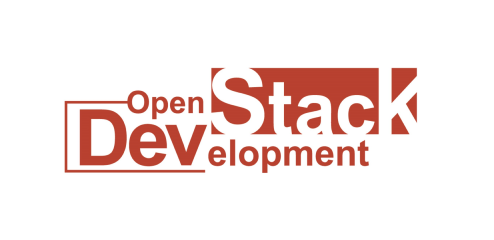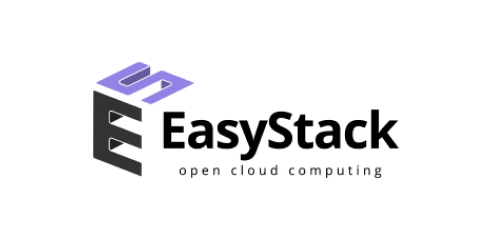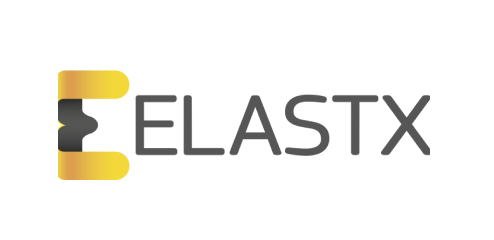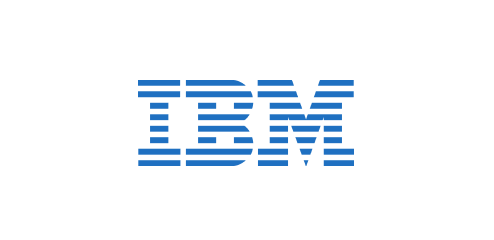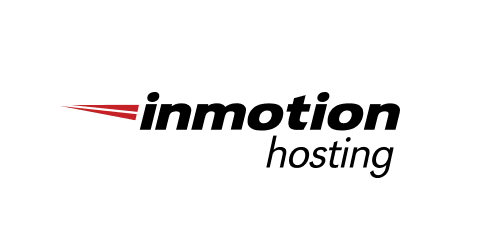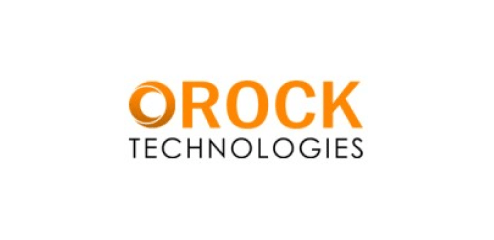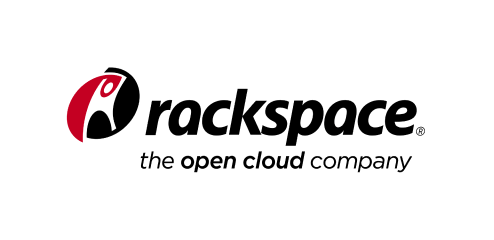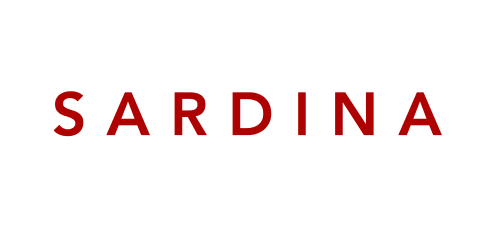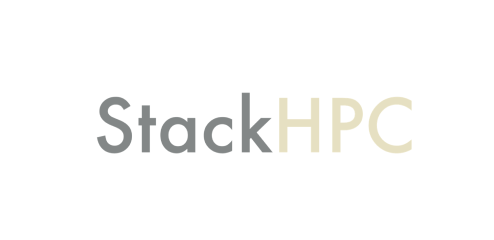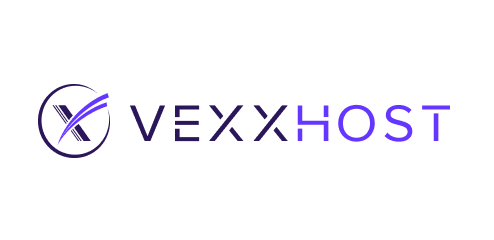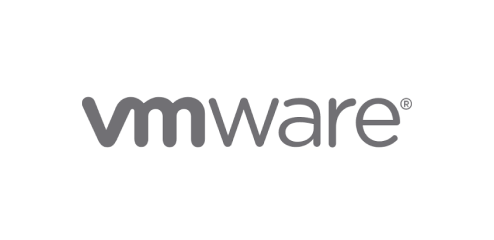Organizations have turned to the cloud to increase operational efficiency while decreasing costs. Recent studies have shown that these same organizations are turning to hybrid cloud infrastructure powered by a mixture of open source technologies for additional flexibility around workload repatriation. Within production hybrid clouds, OpenInfra technologies provide container security, edge nodes, CI/CD, secure private clouds and the largest footprint of public cloud data centers in the world.
Hybrid Cloud Use Case Powered by Open Infrastructure

The hybrid cloud market was valued at USD 52 billion in 2020 and is expected to reach USD 145 billion by 2026.Source: Hybrid Cloud Market - Growth, Trends, COVID-19 Impact, and Forecasts, Mordor Intelligence
When choosing cloud providers, 70% of respondents prefer one based on open source.Source: Hybrid Cloud Market - Growth, Trends, COVID-19 Impact, and Forecasts, Mordor Intelligence
Key Benefits Workload Flexibility
Workload Flexibility Cost Savings
Cost Savings Low Latency
Low Latency Security
Security Scalability
Scalability
Projects





- OpenStack is the de facto private cloud; capable, tested, and proven at massive scale spanning 25 million cores deployed by organizations across every industry.
- The OpenStack-powered public cloud footprint has grown to 175 global data centers.
- Sean Cohen, Director of Product Management, Hybrid Platforms, Red Hat, dives into the importance of having OpenStack as the foundation for hybrid cloud in the emerging 5G landscape and its impact on creating a more open ecosystem, particularly in the telco industry on OpenInfra Live: Keynotes.
- Check out how organizations around the world are deploying OpenStack in production for hybrid cloud infrastructure.

- Confidential Computing has the potential to accelerate the adoption of hybrid cloud computing for the highly-sensitive industries of finance, healthcare, insurance, or any business concerned with the migration of data and workloads to the public cloud.
- IBM integrated Kata Containers as a Kubernetes runtime class used for pods where they need stronger guarantees for running arbitrary untrusted workloads. Read more at https://www.ibm.com/blogs/research/2020/11/amd-sev-ibm-hybrid-cloud/

- In the Airship 2.0 release, the project moved to a hybrid and multi-cloud architecture using Kubernetes as the portability layer.
- Download: https://www.airshipit.org/blog/airship2-released/

- StarlingX provides a container-based infrastructure for edge implementations in scalable solutions, providing low latency required by edge applications, and tools that make distributed edge—an emerging hybrid cloud use case—in production a reality.

- Zuul schedules jobs in any arbitrary cloud it can login to, and the community has recently integrated drivers for AWS, Azure, GCE, and OpenStack cloud environments.
- Learn more about how Zuul is used in hybrid environments on OpenInfra Live: Keynotes.










